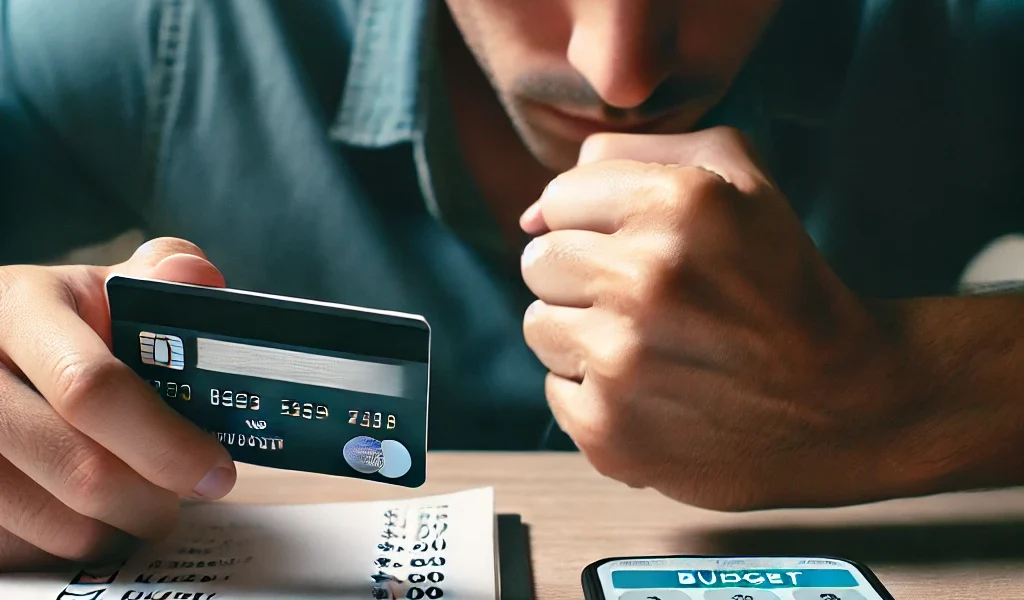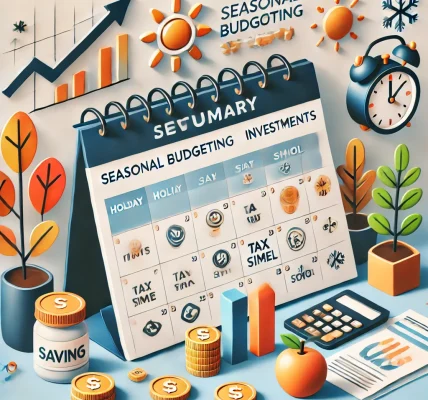📚 Introduction
Impulse spending can quickly derail your financial plans, leaving you wondering where your money went by the end of the month. Whether it’s a flashy sale or an unplanned online purchase, giving in to these impulses can negatively impact your budget.
By controlling impulse spending, you:
✅ Stay on track with your budget and financial goals
✅ Avoid unnecessary debt and financial stress
✅ Achieve long-term financial stability
This guide will cover:
👉 Why impulse spending happens
👉 Proven techniques to reduce impulse spending
👉 Actionable tips to stick to your budget effectively
The content will be SEO-friendly, audience engaging, and legally compliant to ensure it meets professional standards.
🎯 What is Impulse Spending?
Impulse spending refers to unplanned purchases made without prior consideration of the budget or financial implications. These purchases are often driven by emotions, external triggers, or perceived scarcity (such as limited-time offers).
🛒 Common Examples of Impulse Spending
- Flash Sales and Discounts: Buying items because they’re “on sale.”
- Online Shopping Temptations: Adding extra items to your cart during checkout.
- Emotional Purchases: Shopping as a response to stress, boredom, or happiness.
- Last-Minute Add-ons: Picking up extra items while waiting in line or browsing.
Stat Alert: Studies show that 84% of people admit to making impulse purchases, with an average of ₹5,000–₹10,000 spent annually on non-essential items.
🧠 Why Do We Engage in Impulse Spending?
Understanding the psychology behind impulse spending can help you break the habit and stay within your budget.
🔥 1. Instant Gratification
Purchasing something instantly triggers the brain’s reward center, releasing dopamine and creating a feeling of pleasure.
✅ Solution: Practice delayed gratification by waiting 24–48 hours before making non-essential purchases.
🔥 2. Emotional Triggers
People often spend impulsively to cope with emotions such as stress, boredom, or sadness.
✅ Solution: Identify emotional triggers and replace impulse shopping with healthier coping mechanisms such as exercise or meditation.
🔥 3. Fear of Missing Out (FOMO)
Limited-time offers and flash sales create a sense of urgency, pushing consumers to buy items they don’t need.
✅ Solution: Remind yourself that most deals return and that waiting won’t cost you an opportunity.
🔥 4. Social Influence
Peer pressure and the desire to keep up with trends can lead to unnecessary spending.
✅ Solution: Define your own financial priorities and avoid comparing yourself to others.
📊 Consequences of Impulse Spending
Impulse spending may seem harmless, but it can have serious financial repercussions.
📉 1. Budget Disruption
Unplanned expenses throw off your monthly budget, forcing you to dip into savings or delay important financial goals.
📉 2. Increased Debt
Relying on credit cards for impulse purchases can lead to mounting interest payments and long-term debt.
📉 3. Financial Regret
Buyers often experience guilt and regret after realizing that their impulse purchases were unnecessary.
💡 10 Proven Strategies to Reduce Impulse Spending
📝 1. Create a Realistic Budget and Stick to It
A well-defined budget assigns spending limits to different categories, helping you recognize when you’re about to overspend.
✅ Set Spending Limits: Allocate specific amounts for entertainment, shopping, and dining out.
✅ Track Your Expenses: Use budgeting apps like Money Manager or Goodbudget to monitor spending.
📝 2. Use the 24-Hour Rule for Non-Essential Purchases
When tempted by an unplanned purchase, give yourself 24 hours (or more) to decide whether it’s truly necessary.
✅ Ask Yourself:
- Do I really need this?
- Can I wait a few weeks?
- Will this purchase add long-term value to my life?
📝 3. Make a Shopping List and Stick to It
Before shopping, create a list of items you genuinely need and commit to purchasing only what’s on that list.
✅ Pro Tip: Use a digital list in apps like Google Keep to prevent distractions.
📝 4. Set Monthly Spending Limits for Discretionary Expenses
Allocate a fixed amount for non-essential spending each month.
✅ Envelope System: Use the cash envelope method to limit overspending on categories like dining, shopping, and entertainment.
📝 5. Unsubscribe from Retail Newsletters and Notifications
Retailers often lure consumers with email promotions and app notifications.
✅ Action Step:
- Unsubscribe from unnecessary promotional emails.
- Turn off app notifications for online stores.
📝 6. Avoid Shopping When Stressed or Bored
Emotional spending often occurs during moments of stress or boredom.
✅ Alternative Activities:
- Go for a walk
- Meditate
- Read a book
📝 7. Limit Your Credit Card Usage
Using cash or a debit card makes you more mindful of spending, unlike credit cards that enable easy, impulsive purchases.
✅ Pro Tip: Leave your credit card at home when shopping to prevent impulse buying.
📝 8. Identify and Challenge Your Spending Triggers
Recognize patterns of behavior that lead to impulse spending and take proactive measures to change them.
✅ Examples of Triggers: Emotional distress, peer influence, and excessive screen time.
📝 9. Establish a Sinking Fund for Discretionary Spending
Set aside a fixed amount every month in a separate account for non-essential expenses.
✅ Sinking Fund Benefits:
- Limits overspending
- Encourages mindful purchases
📝 10. Reward Yourself for Sticking to Your Budget
Celebrate your success when you successfully avoid impulse spending for a month.
✅ Ideas for Rewards:
- A favorite meal
- A movie night
- A small treat within your budget
📈 How to Track and Measure Your Progress
Tracking your spending and measuring your progress helps reinforce positive financial habits.
📊 1. Use Budgeting Apps to Monitor Expenses
Top apps like Mint, YNAB, and Money Manager can categorize and track your spending in real time.
📊 2. Conduct Weekly and Monthly Reviews
Review your expenses regularly to identify patterns and make necessary adjustments.
✅ Ask Yourself:
- Did I stick to my budget this month?
- Where did I overspend?
- How can I improve next month?
📊 3. Set Spending Goals and Track Progress
Define spending goals and check your progress each month to stay motivated.
✅ Goal Example: Reduce impulse spending by 20% in the next 3 months.
🚨 Common Mistakes to Avoid
🚫 1. Relying Solely on Willpower
Behavioral changes take time, so build systems to support your goals.
🚫 2. Ignoring Spending Triggers
Failing to identify emotional and environmental triggers can lead to setbacks.
🚫 3. Setting Unrealistic Goals
Start small and gradually increase your targets for sustainable results.
🎁 Bonus: Checklist to Curb Impulse Spending
✅ Set Monthly Spending Limits
✅ Unsubscribe from Promotional Emails
✅ Use the 24-Hour Rule for Non-Essential Purchases
✅ Track Your Expenses with Budgeting Apps
✅ Create a Sinking Fund for Discretionary Spending
📢 Conclusion: Take Control of Your Spending Habits
Reducing impulse spending is essential for achieving long-term financial success. By creating a solid budget, identifying emotional triggers, and using smart spending strategies, you:
✅ Stay Within Your Budget and Save More
✅ Avoid Unnecessary Debt and Financial Stress
✅ Achieve Your Financial Goals Faster
Pro Tip: Be patient with yourself as you build better financial habits. Consistency over time leads to lasting results! 💸🛒




